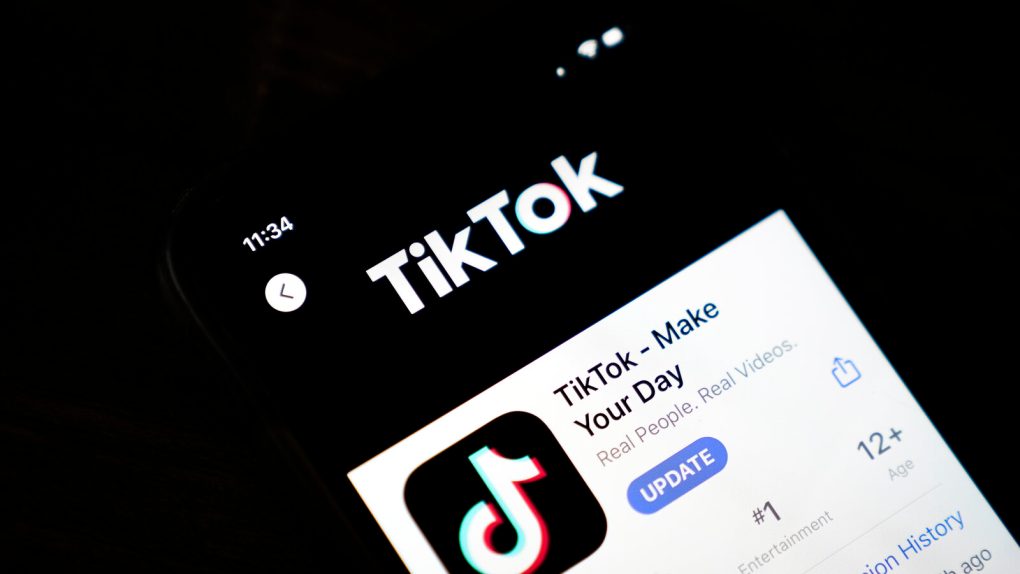TikTok is eyeing Instagram with its latest push into direct messaging.
As reported by The Information, the company has sent an email to “some users,” promoting some of the new direct messaging features it added to its social media app back in November. Users can now expand the number of users who can DM them on the app to “everyone.”
On Tuesday, TikTok sent an email to some users to highlight changes it made in November to expand its private messaging settings, according to an email reviewed by The Information. Users who want to receive DMs can now opt in to receive messages from everyone, as well as recommended friends (such as synced phone contacts or Facebook friends), or mutually followed friends (meaning users who follow each other back). Previously, only people users had identified as friends or were recommended could message each other on TikTok.
On its creator portal, the company breaks down exactly how the new direct message options work:
- Everyone: Anyone can send you a direct message. Messages from mutual friends and people you follow appear in your Inbox. Messages from people you don’t follow appear in Message requests. You can choose to accept, delete, or report these messages.
- Suggested friends: Recommended friends, including synced Facebook friends and phone contacts, can send you a direct message.
- Mutual friends: Anyone who follows you and you follow back can send you a direct message.
- No one: You can’t receive direct messages from anyone. Keep in mind, if you update your direct message setting to No one, you won’t be able to receive direct messages. You can still access your message history in your Inbox, but you can’t receive new direct messages in those chats.
The company is obviously going after Instagram, which still has a healthy following of people who use the direct messaging feature to talk to friends, creators, and businesses. TikTok obviously sees the opportunity to further expand beyond short entertainment and turn the app into a pseudo-social network.
The move comes a couple of weeks after the company started testing a new talent manager portal to make it easier for creators and brands to work together on the app. It is also happening as the service continues to find itself under threat of being banned in the United States.







